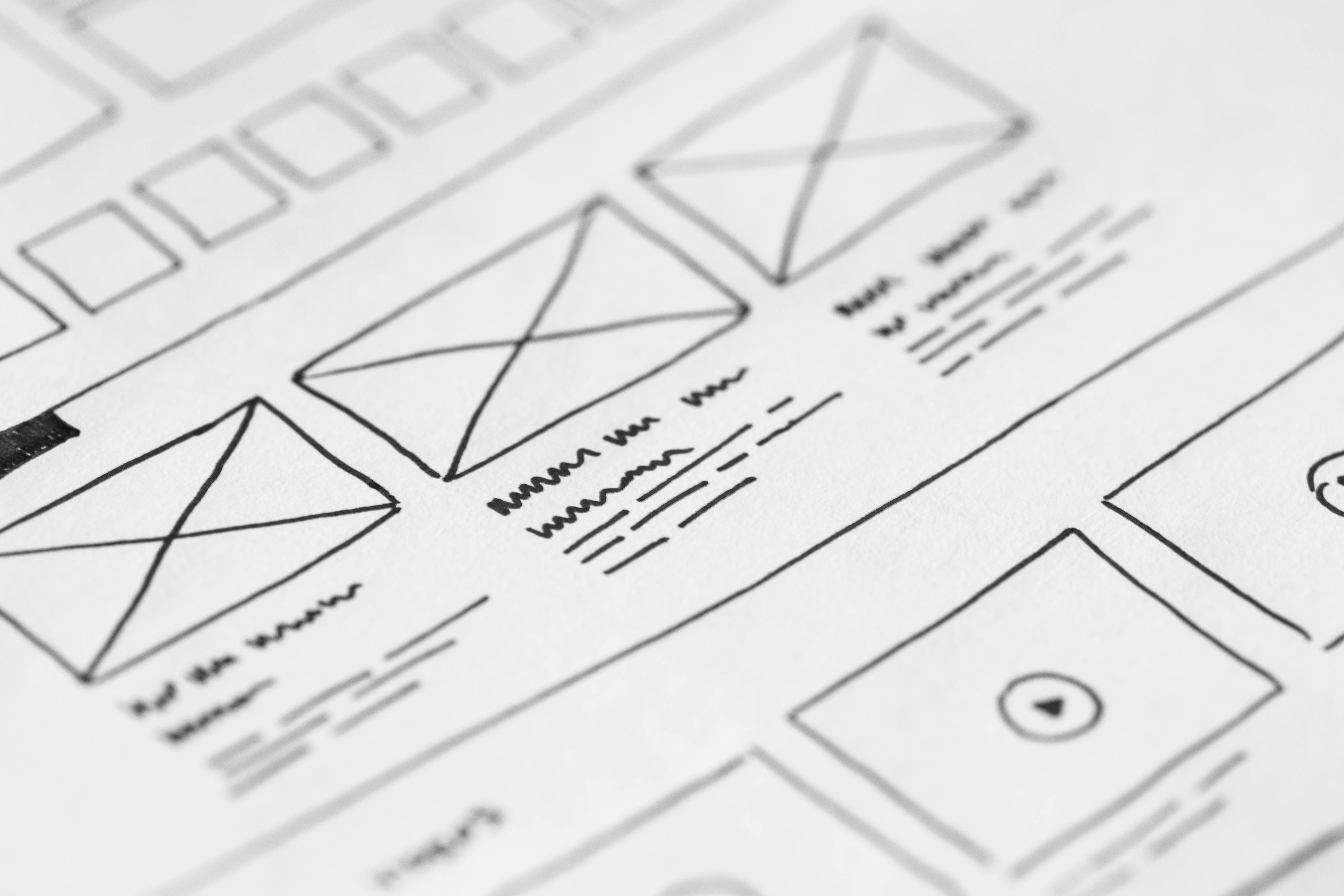Picture this: a room full of seasoned sex toy designers, drinks flowing, and design students finally asking the questions that keep them up at night 😏 What you're about to read are the unfiltered, honest answers to the spiciest questions that come up when curiosity meets experience in the intimate wellness world.
I've been in countless design studios where the elephant in the room isn't just any product - it's that product. The one that makes people blush, giggle nervously, or suddenly find their shoes very interesting. But here's what I've learned after years in this industry: the most groundbreaking innovations happen when we stop being shy about pleasure.
The Questions Nobody Wants to Ask (But Everyone's Thinking)
Let's start with the big one that literally every design student wonders about but rarely voices.
"How Do You Even Begin Designing Something So... Personal?"
Sarah Chen, who's been designing intimate products for over 15 years, puts it perfectly: "You start by throwing every assumption you have about bodies out the window." She's right, tbh. The biggest mistake new designers make? Assuming they know what feels good based on their own limited experience.
"I spend more time in anatomy textbooks than most med students," laughs Marcus Rodriguez, a veteran designer at a major wellness company. "But the real education comes from listening. We conduct hundreds of interviews, focus groups, and user testing sessions. It's not about what you think should work - it's about what actually works for real people with real bodies."
The process starts with research that goes way deeper than most product categories. We're talking nerve mapping, understanding different body types, and recognizing that pleasure isn't one-size-fits-all. It's scientific, methodical, and honestly? Pretty fascinating once you get past the initial awkwardness.
"Do You Actually Test These Products Yourself?"
Ah, the question that makes everyone's cheeks turn pink. The short answer? Sometimes, but it's way more complex than you'd think.
Professional product testing in this industry involves multiple phases. There's the technical testing - does it turn on, is it waterproof, will it break after 100 uses? Then there's the ergonomic testing - how does it feel in your hand, is the button placement intuitive, does the shape make sense?
But when it comes to the... shall we say, functional testing? Most companies work with professional testers who understand they're contributing to product development. These aren't random volunteers - they're trained evaluators who can articulate specific feedback about pressure, vibration patterns, and user experience.
"I've tested products myself when appropriate," admits designer Alex Kim. "But more often, I rely on our network of professional testers who can give detailed, objective feedback. My job is to translate that feedback into design improvements."
"How Do You Handle Family Dinners When Someone Asks What You Do?"
Ngl, this one hits close to home for so many designers in this space. The awkward family moments are real, and every veteran has their strategy.
"I tell them I design wellness products," says veteran designer Maria Santos. "If they push for details, I explain that I help create products that improve people's intimate health and relationships. Most people respect that boundary."
Some designers get more creative with their explanations. "I design products that help people feel more connected to their bodies and partners," or "I work in personal wellness technology." The key is finding language that feels authentic to you while respecting your comfort level.
But here's the thing - the shame around this work is slowly shifting. Younger designers are often more open about their careers, and honestly? That's changing the entire industry culture for the better.
The Technical Stuff Nobody Talks About
"What's the Weirdest Design Challenge You've Faced?"
Oh boy, where do we even start? The technical challenges in intimate product design are unlike anything else in industrial design.
"Waterproofing," says veteran engineer Lisa Park without hesitation. "You think you understand waterproofing until you're designing something that needs to be completely submersible, easy to clean, and still maintain precise vibration patterns. It's like solving a puzzle where every piece affects every other piece."
Then there's the materials challenge. Everything that touches skin needs to be body-safe, non-porous, and durable. But it also needs to feel good - not clinical or cold. Finding that sweet spot between safety and sensuality? That's where the real design magic happens.
"I once spent six months perfecting a single curve," admits designer James Wong. "It was the difference between a product that felt awkward and one that felt intuitive. In this industry, millimeters matter in ways you can't imagine."
"How Do You Know If Your Design Actually Works?"
This is where things get really interesting from a UX perspective. Traditional product success metrics don't always apply when you're designing for pleasure.
User feedback is everything, but it comes in unique forms. "We look for words like 'intuitive,' 'comfortable,' and 'effective,'" explains researcher Dr. Amanda Foster. "But we also pay attention to repeat usage patterns, customer reviews, and return rates."
The industry has developed sophisticated feedback systems that respect privacy while gathering crucial data. Anonymous surveys, focus groups with trained moderators, and long-term user studies all contribute to understanding whether a design truly serves its purpose.
"Success in this field isn't just about technical function," notes designer Carlos Mendez. "It's about whether the product enhances someone's relationship with their own body and pleasure. That's much harder to measure, but infinitely more meaningful."
The Business Side Gets Spicy Too
"How Do You Market Something Nobody Wants to Talk About?"
Marketing intimate wellness products is like playing chess while blindfolded. Social media platforms have strict policies, traditional advertising channels often say no, and even getting product photography right requires navigating a maze of guidelines.
"We've become masters of euphemism and suggestion," laughs marketing veteran Rachel Torres. "But the landscape is changing. Platforms are slowly recognizing that sexual wellness is health, and health matters."
The key is focusing on benefits rather than explicit functionality. Messaging around "personal wellness," "intimate health," and "relationship enhancement" resonates with audiences while staying within platform guidelines.
Education-based marketing has become huge in this space. Instead of just selling products, successful brands create content about anatomy, pleasure, and sexual health. "We're not just selling products," explains brand strategist Kevin Liu. "We're normalizing conversations about pleasure and wellness."
"What About Working with Retailers?"
Btw, getting products into mainstream retail is still a major challenge. Many traditional retailers remain hesitant about carrying intimate wellness products, even as consumer demand grows.
"We've had to get creative with retail partnerships," says sales director Nicole Chang. "Pop-up shops, online-first strategies, and partnerships with progressive retailers who understand this market."
The direct-to-consumer model has been a game-changer, allowing brands to control their messaging and customer experience. But getting into major retail chains? That's still an uphill battle that requires persistence and the right positioning.
The Future of Intimate Design
"Where Is This Industry Headed?"
Technology is revolutionizing intimate wellness in ways that would've seemed like science fiction just a decade ago. App connectivity, personalized vibration patterns, and even AI-driven customization are becoming standard features.
"We're moving toward products that learn and adapt to individual preferences," explains tech designer Ryan Kim. "Imagine a product that remembers what works for you and automatically adjusts. That's not futuristic thinking - that's happening now."
Sustainability is also becoming crucial. Consumers want products that are good for their bodies and the planet. Rechargeable batteries, recyclable materials, and longer-lasting designs are no longer nice-to-haves - they're expectations.
The biggest shift? Inclusivity in design. "We're finally designing for all bodies, all orientations, all abilities," says inclusive design specialist Jordan Martinez. "The industry is waking up to the fact that pleasure isn't one-size-fits-all, and our designs need to reflect that reality."
FAQ: The Questions That Keep Coming Up
Do you need special education to design intimate wellness products?
While there's no specific degree in "sex toy design," most professionals come from industrial design, engineering, or psychology backgrounds. What matters most is curiosity, empathy, and a willingness to approach intimate wellness with scientific rigor and genuine care for user experience.
How do you handle the stigma in professional settings?
The stigma is real but changing. Many designers find that focusing on the health and wellness aspects of their work helps shift conversations. Building a portfolio that demonstrates serious design thinking and user-centered approach also helps establish credibility.
What's the biggest misconception about this industry?
That it's not "real" design work. The technical challenges, user research requirements, and design complexity in intimate wellness products often exceed those in traditional consumer products. The stakes are higher because you're designing for such a personal, vulnerable experience.
How do you stay current with user needs and preferences?
Continuous research is essential. This includes staying updated on sexual health research, conducting regular user interviews, monitoring industry trends, and maintaining relationships with healthcare professionals who work in sexual wellness.
What advice would you give to students interested in this field?
Start by educating yourself about anatomy, sexual health, and inclusive design principles. Build a portfolio that demonstrates user-centered thinking. Most importantly, examine your own biases and assumptions about bodies and pleasure - this work requires genuine empathy and open-mindedness.
Final Thoughts
Here's what I want every design student to understand: creating products for intimate wellness isn't about being edgy or provocative. It's about recognizing that pleasure, intimacy, and sexual health are fundamental parts of human experience that deserve thoughtful, well-designed solutions.
The veteran designers I've talked to all share one thing - they're passionate about improving people's lives in deeply personal ways. They're solving real problems, breaking down stigmas, and creating products that help people feel more connected to their bodies and partners.
Is it challenging work? Absolutely. Will you face awkward conversations and professional hurdles? Probably. But will you be part of an industry that's genuinely making the world a more pleasure-positive place? Definitely ✨
The intimate wellness industry needs designers who approach this work with maturity, empathy, and genuine curiosity about human experience. If that sounds like you, then maybe it's time to stop blushing and start designing.




